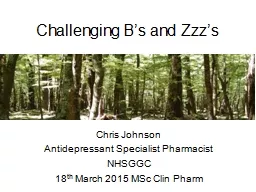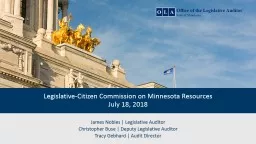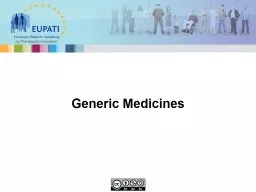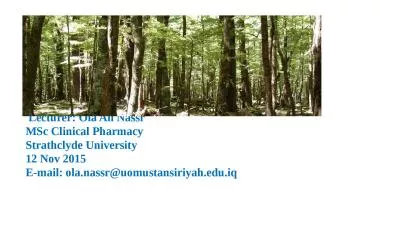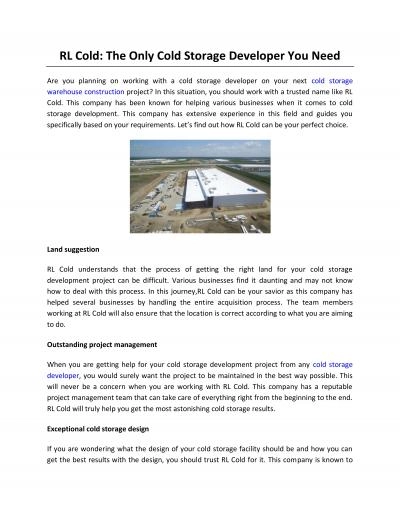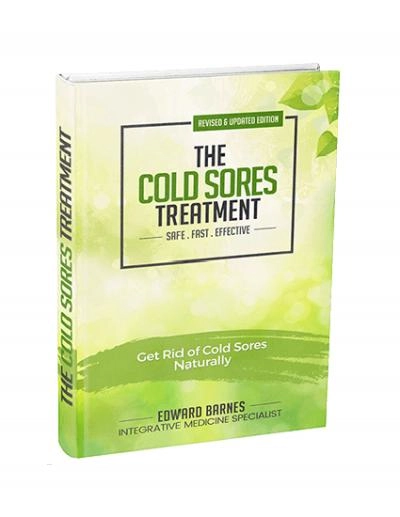PPT-Common cold medicines Assistant lecturer Ola
Author : pamella-moone | Published Date : 2018-03-16
N assr 12 Nov 2015 MSc Clinical Pharmacy Aim and objectives By the end of the session the students will be able to Know indications side effects contraindications
Presentation Embed Code
Download Presentation
Download Presentation The PPT/PDF document "Common cold medicines Assistant lecturer..." is the property of its rightful owner. Permission is granted to download and print the materials on this website for personal, non-commercial use only, and to display it on your personal computer provided you do not modify the materials and that you retain all copyright notices contained in the materials. By downloading content from our website, you accept the terms of this agreement.
Common cold medicines Assistant lecturer Ola: Transcript
Download Rules Of Document
"Common cold medicines Assistant lecturer Ola"The content belongs to its owner. You may download and print it for personal use, without modification, and keep all copyright notices. By downloading, you agree to these terms.
Related Documents

